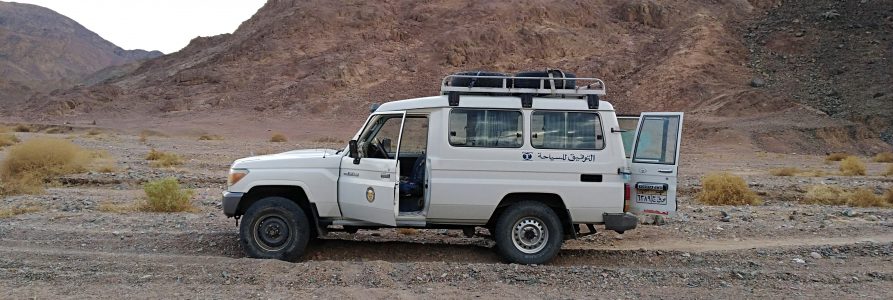Mons Porphyrites Quarries
Mons Porphyrites quarries is located in Gebel Abu Dokhan( smoky mountain ) in the Egyptian eastern desert ,40 km west of the Red Sea and approximately 170 km northeast of Qena.
Mons Porphyrites or Porphyrites quarries were used from the Tiberian period until the early fifth century AD.
For very long time, the imperial porphyry was considered to be not only the stone associated with the Roman Emperors, but also a symbol of their power.
What’s Porphyry stone?
Porphyry is a very beautiful stone comes in dark purple color or violet color stone and once it was discovered all Roman emperors or most of them loved it much and demanded to have it in huge quantities
Mons Porphyrites Importance
Mons Porphyrites was the only source of imperial porphyry known to the ancient world. It was used in temples, baths, sarcophagi and statues but the problem was
- Porphyry stone was at the top of a mountain in the eastern desert takes a flower shape and the stone was at the top of it
- The place was very isolated and inhospitable
- The quarries is 70 miles across the desert far from the River Nile
- Rocks up to 45 tons were transported to Rome, from Mons Porphyrites 170 km through the desert to the Nile, then by boats to the Mediterranean and from there to Rome
When Mons Porphyrites was Discovered?
Mons Porphyrites last undiscovered for about 2000 after it had been abandoned and it was discovered in two times
- first time by Sir John Wilkinson, , a former president of the Royal Geographical Society in 1823
- second in 1955 when they discovered the remains of dwellings by James Burtanin
Lately we discovered that the work was done by very skilled and well paid workers not by slaves.
Excavation at Mons Porphyrites from March 1994 to April 1998
For five years, between 1994-1998, Archaeology at the Universities of Southampton and Exert surveyed and excavated at Mons Porphyrites quarries.
David Peacock was Emeritus Professor at the University of Southampton. He spent five seasons with Valerie Maxfield in field work in the inhospitable, mountainous area of the Eastern Desert. Some of his recent finds, including the stele inscribed by the Roman discoverer of the quarry, help to explain how the work was carried out under extreme conditions and confirm Rome as extractors of the stone
They said about Mons Porphyrites
David Peacock, co-director of the Egypt Exploration Society’s Mons Porphyrites Project, described Mons Porphyrites as unique, and named it as “the most remarkable Roman industrial landscape in the world.” This quarry was the sole source of a particular type of stone known as “Imperial Porphyry,” and was used exclusively by the Roman ruling elite for columns, sarcophagi and statues.
Examples of Mons Porphyrites porphyry can be found throughout the Roman Empire, in particular at
- Temple of Serapis Mons Porphyrites by emperor Tiberius
- Roman Pedestal Abandoned
- Hagia Sophia
- a stele discovered in 1823 indicates that there was a Christian church, probably financed by Flavius Julius. The Romans also built a fort, stables, cisterns and wells.
Mons Porphyrites Discoveries
- Recently, an inscription of Gaius Comenius Leugas dates the first exploitation of Mons Porphyrites to the reign of Tiberius dated 23 July 18 AD. The blocks of stone in situ bear quarry marks and inscribed letters of measurements and instructions, giving much evidence of how the porphyry was quarried.
- part from the usual artifacts, hundreds of Greek ostraca have been found which provide us a substantial body of written evidence bearing on the administration and operation of Roman quarries and on the logistic difficulties caused by the presence of hundreds of persons in an inhospitable dessert
- Black porphyry stele in the Egyptian style decorated from the top by the winged sun disc and two cobras accompanied by a Greek inscription dedicated to a god by a quarry worker asking him to safe his children whom he had left far away from 23 July of the year 18 CE.




